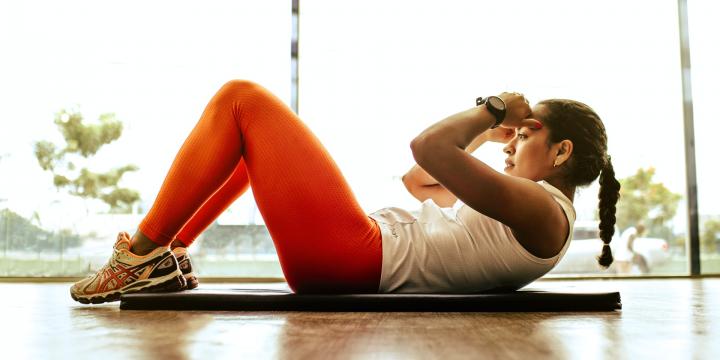Eating X Your IG FEED
If you’re on social media, you have probably seen the influx of food posts – massive influx of food posts over the last year. Food is definitely double-click worthy. These posts can range anywhere from artsy photos of meals when restaurants have been able to be open, updates with new recipies, or late-night food runs to somewhere (In-N-Out, maybe?).
You may know a lot more about some of your friends / followers eating preferences than you think. This information from your social circle provides clues to your brain about socially norms surrounding food. There are studies that have been done that suggests we may be influenced by our social peers when choosing food at a subconscious level, says Lily Hawkins, PhD student at Aston University.
Researchers have examined how different types of social norms affect people’s consumption of certain foods and translate into other situations. There’s typically two main observations that have been made about how social media influences our eating habits. This becomes critical to understand as social media has become an incredible part of our social lives. It’s not just the perception of what we’re eating, but also the perception of what others are eating. The first main observation is that we tend to report eating more fruits / veggies if we think the people around us are eating more fruits / veggies. The second effect is in relation to what we think we should be eating.
We drive social norms where behaviors can be identified, specifically as something that people typically do. That is how “don’t drive and drive” or anti-vaping campaigns became so prevalent. It’s important to keep in mind that there’s very different kinds of social behaviors and campaigns that would be able to make an impact. Marketing experts and foodies alike have to keep in mind to find intellectual ways to communicate a message about food without inherently associating “good” or “bad with a type of food. In turn, this can cause a social media spiral of attaching values to food and further driving social norms a certain way.
Disordered eating has been on a consistent rise as well as screen time. In 2019, it was reported that teenagers spend over 7 hours a day in front of a screen (and this does not always include schoolwork). Tweens are not far off, either. We’re allowed to take our artsy picture of food and drinks while still being healthy.
Hey, we love a good “phone eats first” picture. Food is too precious to not take a picture to remember how beautiful and delicious it was. It’s all about understanding how social norms work and how social media can perpetuate those, especially with eating.





